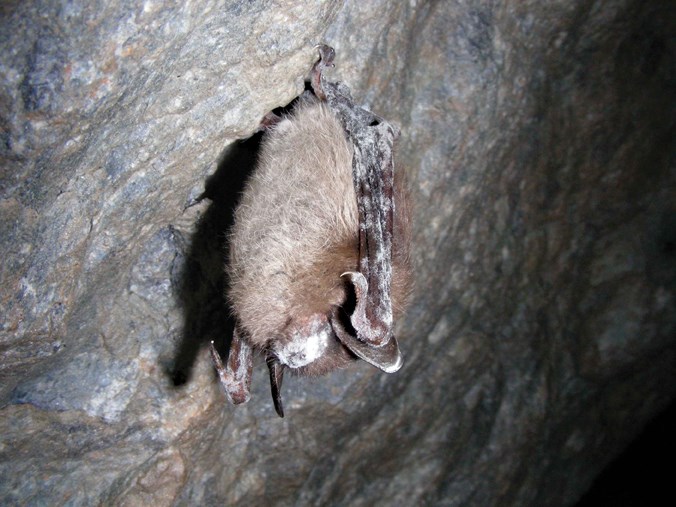The Sunshine Coast Wildlife Project is asking residents to help local bats as a deadly disease has moved ever closer.
On March 31, Washington Department of Fish and Wildlife confirmed that white nose syndrome had been detected on a dead bat near Seattle. This is very worrisome for the health of bat populations in British Columbia.
“We knew this deadly fungus that kills bats was moving westward across North America,” said Juliet Craig, coordinator of the BC Community Bat Program, “but we thought we had many years to prepare.”
Currently there are no known treatments for white nose syndrome that can be used to save bats in the wild. However, mitigating other threats to bat populations and preserving and restoring bat habitat may provide bat populations the resilience to rebound from the mortality that may be caused by the disease.
This is where the general public can help. Although white nose syndrome affects bats wintering in caves, it is during spring when bats return to building roosts when we have the best opportunity to detect the disease. Community members are urged to report dead bats and to also provide information on bat roosts.
Bat carcasses will be submitted for testing of white nose syndrome. If you find a dead bat, be sure not to touch it with your bare hands. Collect it in a bag and label the bag with the date, location and your name, and then put the bag in the freezer. Contact the Sunshine Coast Wildlife Project as soon as possible at coastwildlife@gmail.com or 604-989-1007.
Bat stewardship efforts on the Sunshine Coast are supported by Habitat Conservation Trust Found-ation, Habitat Stewardship Program, Fish and Wildlife Compensation Program and Public Conservation Assistance Fund.



